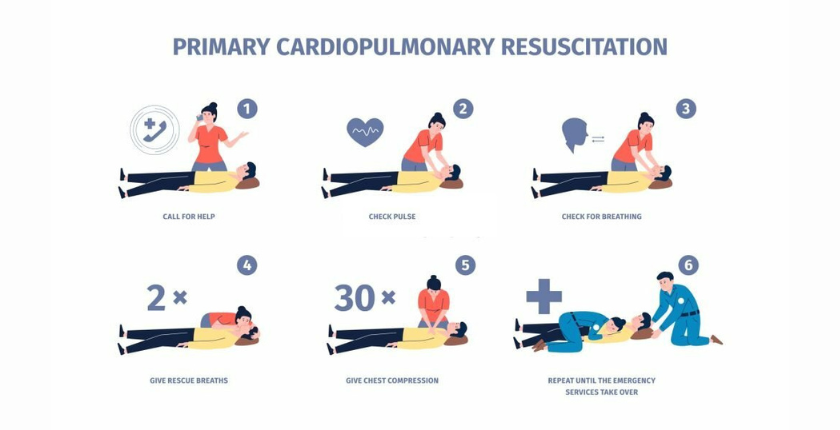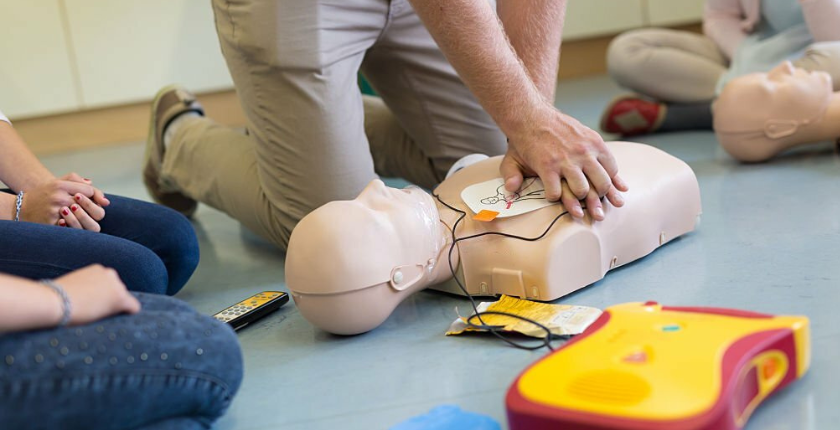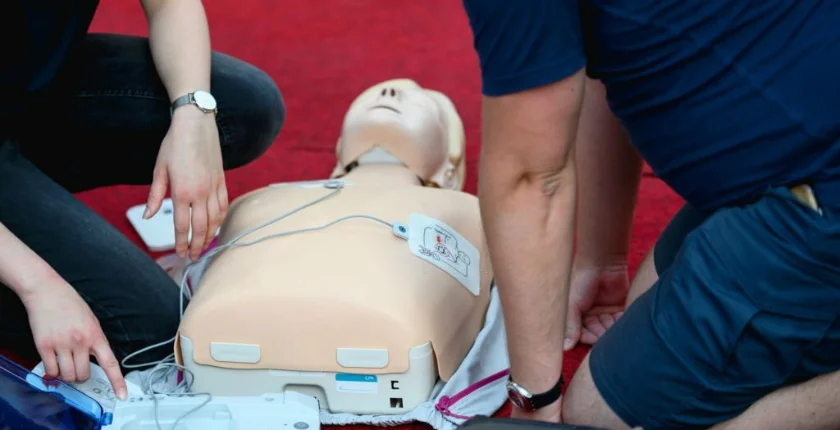Table of Contents
Discover what a Chest Compression Feedback Device monitors and how it impacts medical procedures. Gain insights into this essential technology.
Chest Compression Feedback Devices are revolutionizing the way medical specialists perform CPR. These gadgets are designed to provide actual-time data and insights into the high-quality of chest compressions, in the long run leading to more effective CPR. In this text, we will discover the functions and importance of these gadgets, dropping mild on their effect on medical procedures and affected person survival quotes.

Understanding the Basics
Chest Compression Feedback Device: A Vital Lifesaver
Chest Compression Feedback Devices are sophisticated instruments that are primarily used during CPR procedures. They continuously monitor and assess the depth, rate, and recoil of chest compressions delivered to a patient in distress. By offering immediate feedback to the healthcare provider, these devices help ensure that CPR is administered effectively.
Monitoring Compression Depth
One of the critical aspects that a Chest Compression Feedback Device monitors is the depth of chest compressions. Maintaining the appropriate compression depth is essential for delivering effective CPR. These devices ensure that compressions reach the recommended depth, increasing the chances of successful resuscitation.
An amazing post to read about Good Old Fashioned Lover Boy Lyrics
Assessing Compression Rate
The rate of chest compressions is another crucial parameter. Chest Compression Feedback Devices keep a close eye on the compression rate, ensuring it falls within the recommended range. This not only maintains the quality of CPR but also prevents potential complications.

Recoil Assessment
Effective chest compressions require not only adequate depth and rate but also proper recoil. The device evaluates the chest wall recoil after each compression, guaranteeing that the heart has the opportunity to refill with blood, increasing the odds of a successful outcome.
Impact on CPR Success
Improved Quality of CPR
The real-time monitoring provided by Chest Compression Feedback Devices significantly enhances the quality of CPR. Healthcare providers can make necessary adjustments based on the device’s feedback, resulting in more effective chest compressions.
Increased Survival Rates
Studies have shown that the usage of those devices can dramatically increase the survival rates of sufferers in cardiac arrest. By ensuring that CPR is run correctly, the possibilities of nice final results are drastically improved.

Final Words
In the high-stakes world of emergency Medical Care, every second counts. Chest Compression Feedback Devices have emerged as an indispensable tool for healthcare providers, ensuring that CPR is administered with precision and effectiveness. By monitoring compression depth, rate, and recoil, these devices enhance the quality of CPR and significantly increase patient survival rates. In essence, they represent a lifeline during critical moments, where every heartbeat matters.
As medical technology continues to advance, Chest Compression Feedback Devices have proven their worth in saving lives. Their integration into standard CPR procedures marks a significant step towards improving patient outcomes. When it comes to what a Chest Compression Feedback Device monitors, the answer is simple yet profound: it monitors the difference between life and death.
Frequently Asked Questions (FAQs)
Q: How do Chest Compression Feedback Devices work?
Chest Compression Feedback Devices work by continuously monitoring the depth, rate, and recoil of chest compressions during CPR. They provide immediate feedback to healthcare providers, ensuring the quality of CPR.
Q: Are these devices easy to use?
Yes, Chest Compression Feedback Devices are designed to be user-friendly. They offer real-time feedback that is easy to interpret, allowing healthcare providers to make quick adjustments as needed.
Q: Can these devices be used by non-professionals in emergency situations?
While these devices are primarily intended for use by healthcare professionals, they are designed to be intuitive and can be used effectively by trained laypersons in emergency situations.
Q: Do Chest Compression Feedback Devices improve patient outcomes?
Yes, studies have demonstrated that the use of these devices leads to improved patient outcomes by ensuring that CPR is administered correctly and effectively.
Q: Are Chest Compression Feedback Devices widely available in medical facilities?
Yes, many medical facilities have incorporated Chest Compression Feedback Devices into their standard protocols for CPR, recognizing their value in improving patient care.

